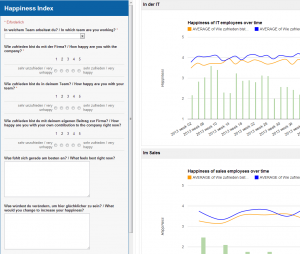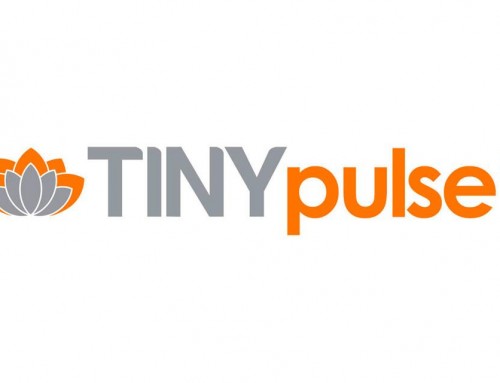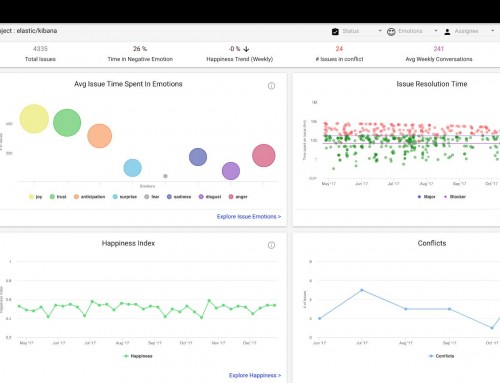Happiness Index — How to Measure Something So Difficult To Catch
Team Happiness
Team happiness is something very elusive, difficult to catch. However, at the same time, happiness, mindfulness, and mental sustainability are vital topics in current software management and product development. Companies from Google, Etzy to Bank of America are investing in ways to measure their employee's happiness – and how to make them happier.
At Google, the engineer Chade-Meng Tan created in 2007 the training „Search Inside Yourself“ (SIY). SIY comprises exercises for mindfulness, meditation, and mental health. This was so successful that Tan wrote a book and founded the Search Inside Yourself Leadership Institute.
Jurgen Appelo founded in Europe, around 2010, 2011 Happy Melly as a global professional Happiness Association dedicated to helping people be happier at work.
Happiness Index — How it Works
The idea of a Happiness index was originally invented by Henrik Kniberg at Crisp. Jeff Sutherland backed his whole company ScrumInc on it.
The most common method to evaluate the Happiness index is to ask people often and frequently a few questions about their happiness. This will then enable you to chart happiness over time and recognize trends and impacts of events to the happiness of your team members.
The question set consists of one rating question and some qualitative, open, free text questions to get improvement ideas and possibilities.
- "How happy are you with your team/company?" (1-5)
- "What feels best right now?" (open question)
- "What feels worst right now?" (open question)
- "What would increase your happiness?" (open question)
These interviews can be done as part of the Daily Scrum, during Sprint Retrospectives, or on a daily resp. weekly basis. The Happiness Index was originally used on a team level. Frank Schlesinger scaled it on company level.
There are several commercial tools to analyze people and happiness.
Pros & Cons of Happiness Index
Pros:
- Something elusive become quantifiable.
- Feelings and emotions are valued in product development and project management: the human aspect of software development gets emphasized.
- Mental health is seen as equally important as physical health.
- Employees feel recognized.
However, there are some Cons:
- When people are asked to report subjective feelings, self-censorship is always a risk.
- Happiness is too subjective and has too many facets. People experience emotions differently.
- The Happiness index is not task-oriented. In its smiley variants, you get no information why people are happy or unhappy. To record reasonable statements for your vote use the Happiness Door.
- The Happiness metric is not team-oriented. You may have a completely happy team that is not performing at all. And you can have an unhappy team that is not performing well. Asking a team for its happiness does not give any meaningful insights into the team's well-being.
Several tools were developed to facilitate, measure and visualize happiness on the project and team level. You find my collection here.
Further Reading
- Annie Kelly Thimphu: Gross national happiness in Bhutan: the big idea from a tiny state that could change the world. The Guardian, 1 Dec. 2012
- Christiaan Verwijs: Agile Teams: Don't use happiness metrics, measure Team Morale. April 6, 2014
- Sabrina Son: Why A Niko-Niko Calendar Kills Workplace Morale. TINYpulse.com, May 10, 2016.
- Jonha Revesencio: Why Happy Employees Are 12% More Productive. FastCompany, Jul 2015.
- Charles Duhigg: What Google Learned From Its Quest to Build the Perfect Team. New York Times, Feb. 25, 2016.
- Sutherland, Jeff. Happiness Metric – The Wave of the Future. Scrum Inc., 22 June 2012. Part 1, Part 2
- Luís Gonçalves: Try The Happiness Index As An Agile Retrospective Tool.
- The Crisp DNA. Happiness Index. (Google Spreadsheet)
- Desmart.com: How Measuring Happiness Helped Us Build A Better Team.
- Jurgen Appelo: Happiness Does Not Mean Improvement. LinkedIn, 16. Jul, 2014.
- Frank Schlesinger: Scaling The Happiness Index. Jan. 16, 2014.
: Wikimedia.org • Frank Schlesinger • Bernd Schiffer, agiletrail.com • MercuryApp, .










Leave A Comment